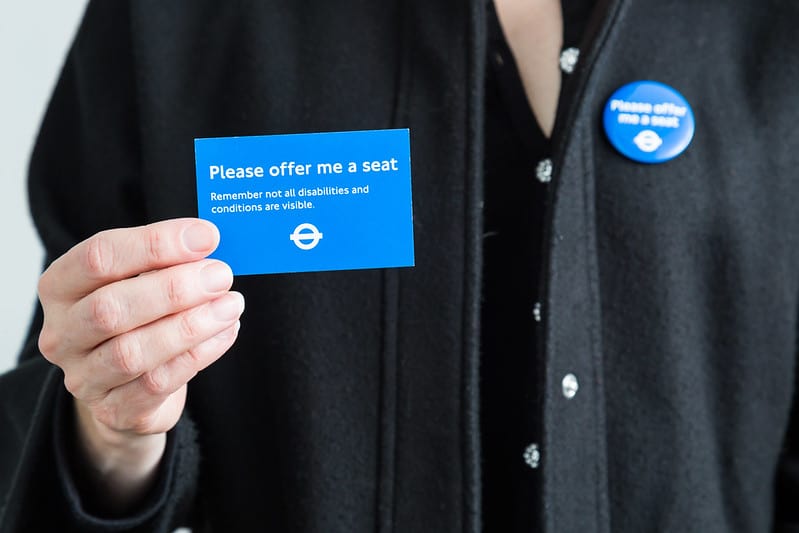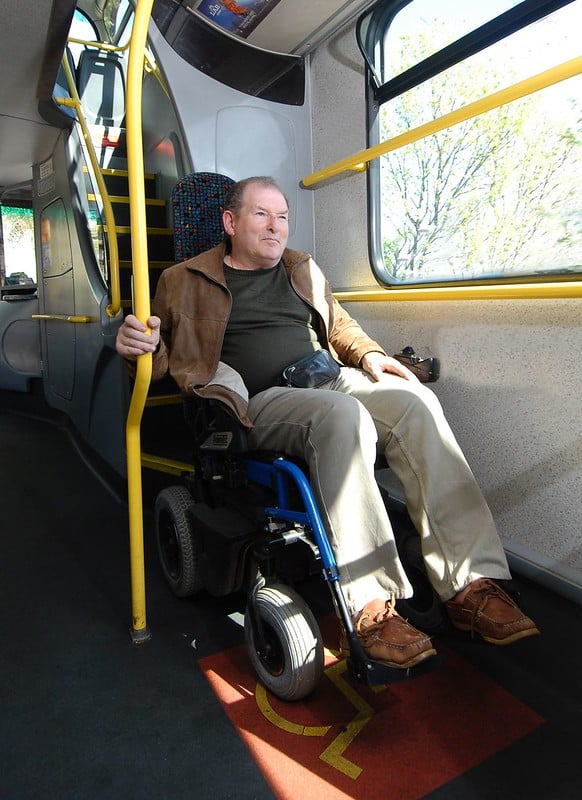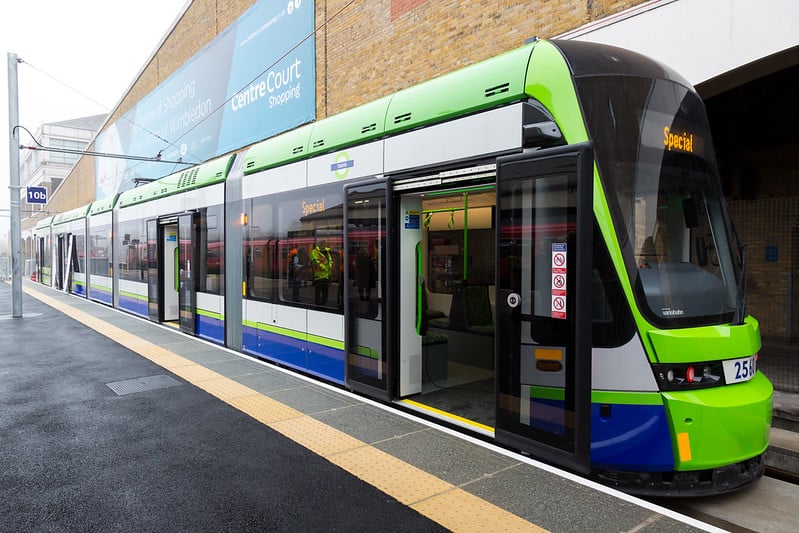Public transport, in practice, isn’t currently for the general public. It’s for the general public who are able to navigate the current public transport infrastructure with relative ease – both ‘hard’ infrastructure, such as vehicles and stations, and ‘soft’ infrastructure such as timetable formats and ticket systems. If this infrastructure isn’t easy for you to navigate and either becomes a unsurmountable barrier, or creates so much difficulty, stress, and anxiety that the effort simply isn’t worth it, then public transport isn’t for you and members of the public who are like you.

However, this isn’t because public transport can’t be fully accessible and inclusive; public transport could serve far more of the general public, if investments were made in stations, vehicles, information systems, and staff training. A fully inclusive public transport system might include:
- Ramps at all stops and stations, with all staff trained to use them and back-up ramps in case one ramp breaks
- All staff to be fully trained in Disability awareness, so that they can recognize and respond to any Disabled passengers with the respect that all passengers deserve
- Stations would be staffed at all opening hours, to ensure that there is support if needed
- Undamaged, smooth, uncluttered pavements, platforms, subways, and any other pedestrian areas, so that people can walk or wheel to, from, and between public transport stops with ease
- Clear demarcation of different areas of platforms and stops, with good colour-contrasts, tactile paving and well lit through-out
- Seating at all stations and stops, with armrests/handles to allow people to sit/stand with greater ease
- Seating on all buses and trains with suitable armrests/handles to allow people to sit/stand with greater ease
- Longer gap between carriage/bus doors closing and train/bus departing, to ensure that all passengers have sat down as necessary
- Apps/information systems to give live updates of travel conditions, including any changes/delays, with relevant accessibility information to help passengers adapt their journey and call for additional assistance if necessary
- Coordinated ticketing/journey planning systems across all modes of transport, to allow passengers requiring assistance or particular travel needs (e.g. booked seat in quiet coach, wheelchair access) to make one rather than multiple requests
- Increased services at peak times to avoid overcrowding
- Accessible toilets and changing places at all stations and on-board longer-distance rail services
- A simple and responsive complaints process, so that on the (hopefully rare) occasions when something goes wrong, Disabled passengers can easily raise concerns and ensure that similar events do not occur in the future
- A single transport regulator to ensure accountability throughout the public transport system
- Buddy or mentor schemes to allow Disabled people to travel accompanied, to help them gain confidence in using the public transport system
- Non-standard cycle hire services at major public interchanges, to complement public docked bike/e-scooter hire schemes
There are certainly other ways to improve accessibility that we’ve missed – please add any that you think are particularly important in the comments!

If public transport was fully inclusive, it would:
- Allow Disabled people to live independently
- Be easy to travel for work, studying, or leisure
- Be easy to make impromptu journeys
- Be stress-free
- Make multi-modal journeys simple
- Allow Disabled people who use their cycle as a mobility aid to take their mobility aid on trains and buses, or access a hire cycle at transport interchanges
More independent travel opportunities for Disabled people would in turn:
- Allow Disabled people to access a wider range of employment, education, and leisure opportunities
- Create more opportunities for Disabled people to develop their career, pursue new or existing interests, develop skills and participate in social life
- Improve the physical and mental health for Disabled people, whether due to an increase in multi-modal active travel for everyday journeys or through the opportunities unlocked by more independent travel.
- Help reduce the number of private car journeys, reducing congestion, air pollution, and carbon emissions
Fully accessible public transport would also benefit the wider community: families with buggies or small children, older children travelling alone, people with temporary injuries, women and LGBTQIA+ who might be concerned about their safety late at night if stations are poorly lit and unstaffed. If public transport was fully accessible to Disabled people, it would be accessible for the majority of the public.

Images courtesy of TFL media
